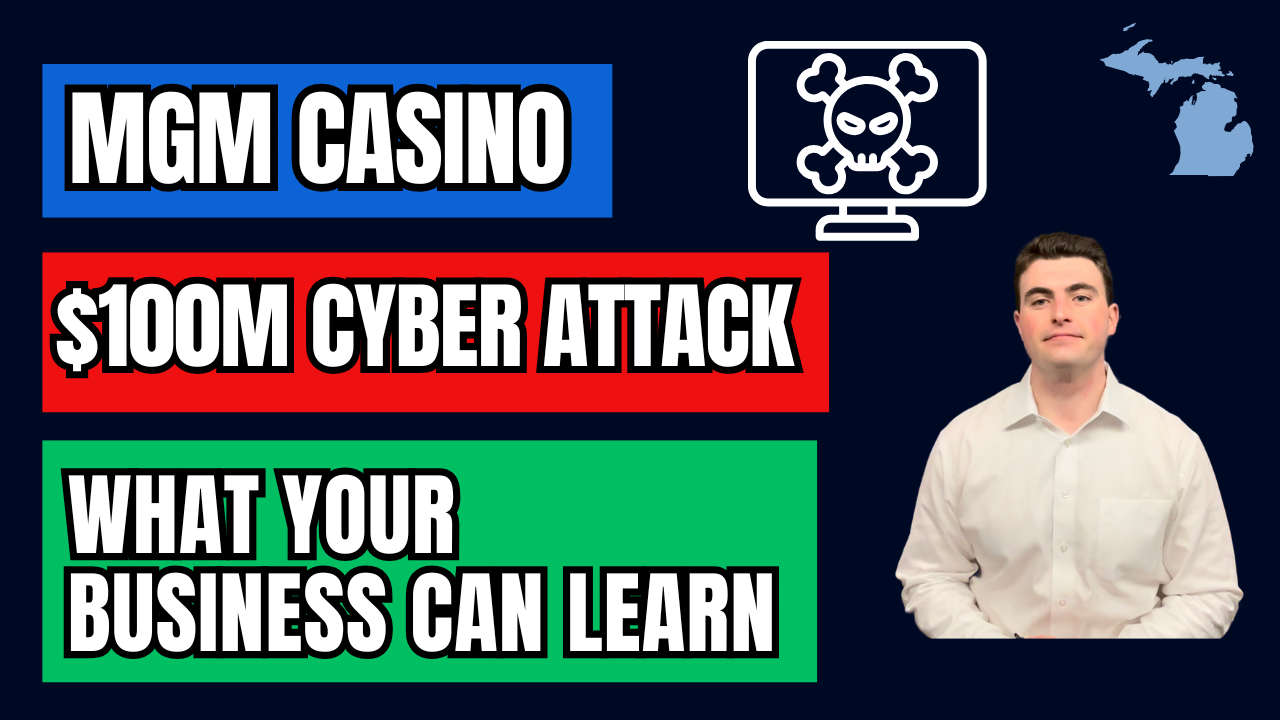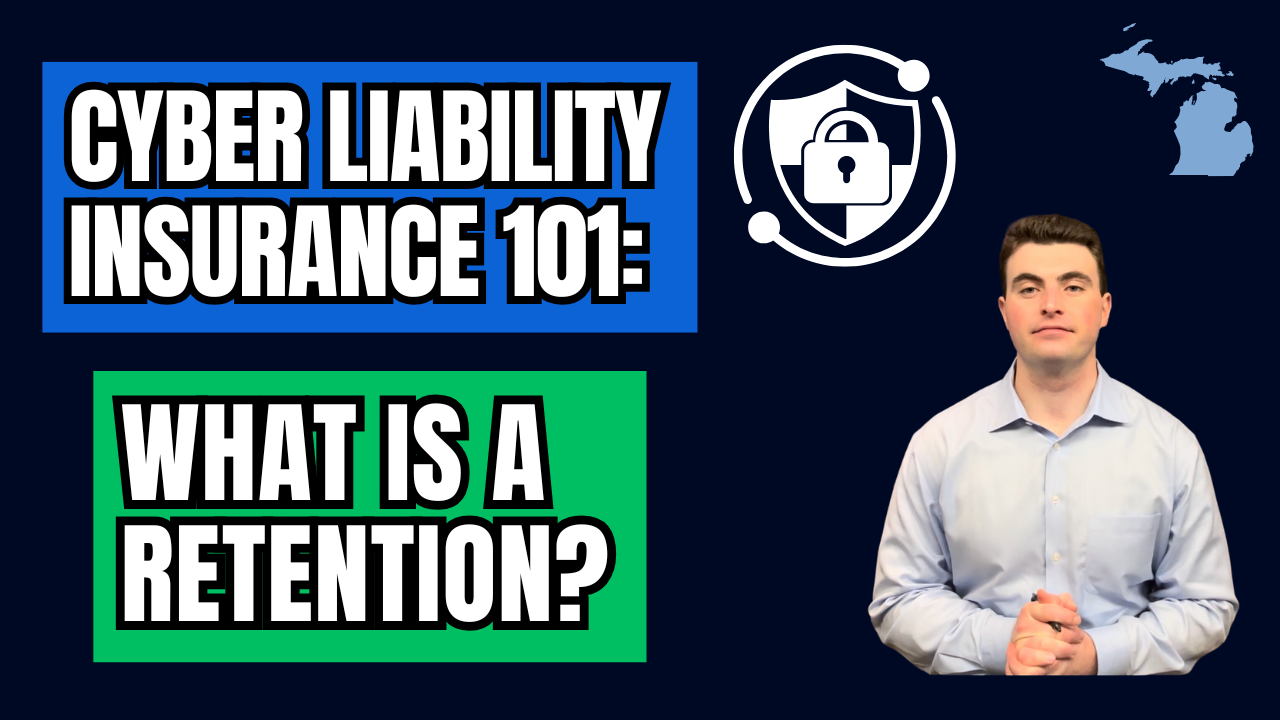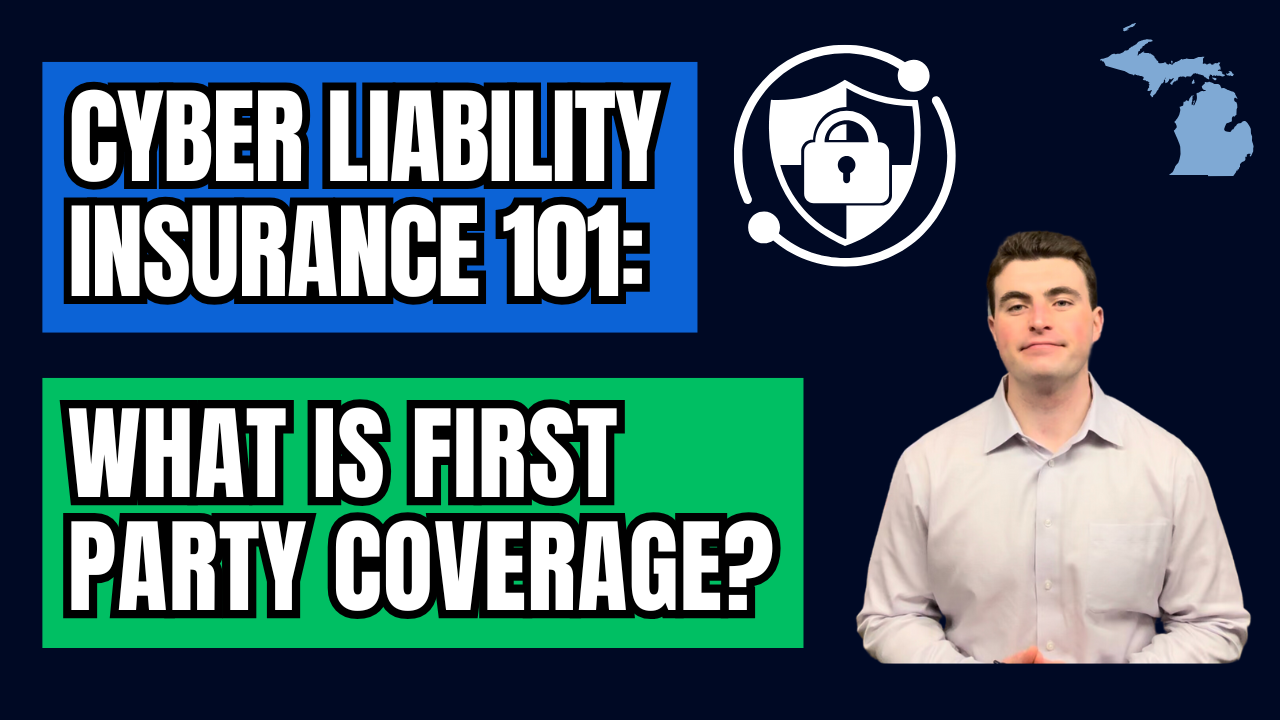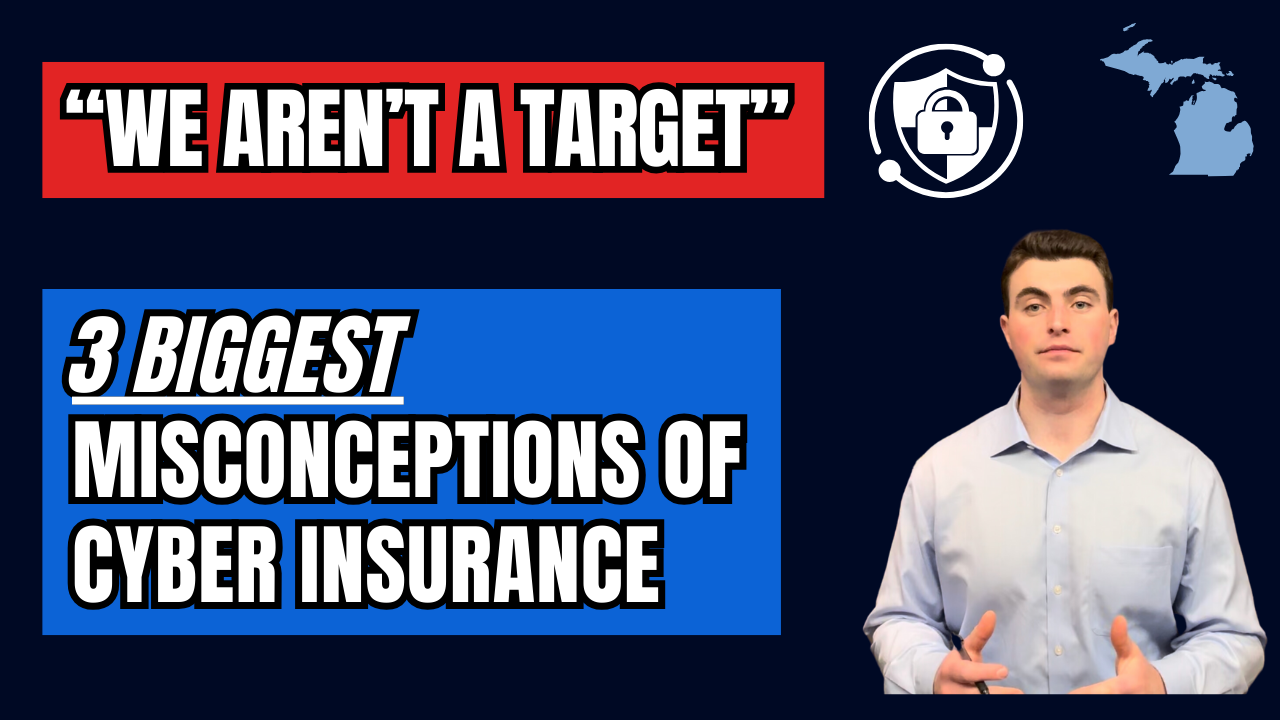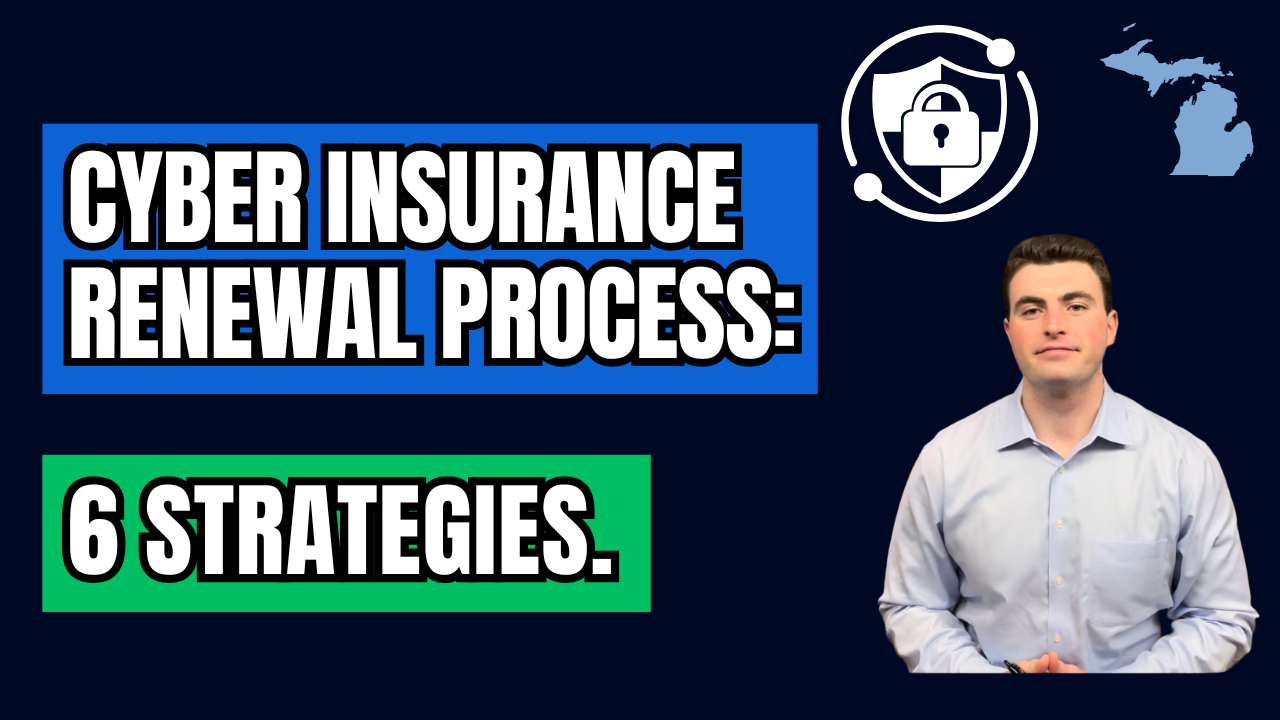Property Insurance Essentials: Market Value vs Replacement Cost Explained
Property Insurance Essentials: Market Value vs Replacement Cost Explained
When it comes to insuring your property, one of the most important distinctions to understand is the difference between market value and replacement cost. These two terms may sound similar, but they serve very different purposes—especially when it comes to how your insurance coverage is calculated.
Let’s break down what each term means, why it matters, and how it affects your property insurance policy.
What Is Market Value?
Market value is the price your property would likely sell for on the open real estate market. It’s influenced by several external factors, including:
- Location
- Local real estate trends
- Supply and demand
- Economic conditions
Importantly, market value includes the value of the land and the depreciated value of the structure on it. Because of that, it often doesn’t reflect what it would actually cost to rebuild the structure after a loss.
Market value is useful for buying or selling a property and for property tax assessments—but it’s not ideal for determining your insurance needs.
What Is Replacement Cost?
Replacement cost is the amount it would take to rebuild or replace your property from the ground up using similar materials and quality of construction—without factoring in depreciation. This includes:
- Construction materials and labor
- Current building codes and upgrades
- Architectural features and finishes
This is the figure your insurance company uses to determine how much coverage you need. If your property is damaged or destroyed, replacement cost coverage ensures that you can rebuild your home or commercial building to its original state, regardless of how the real estate market fluctuates.
Why This Matters for Insurance
Many people mistakenly assume that insuring a property for its market value is enough. But doing so could leave you significantly underinsured—especially if construction costs have gone up since you purchased the property.
Here’s why replacement cost is the standard for insurance coverage:
- Market value reflects depreciation, while replacement cost does not.
- Market value includes land, which doesn’t need to be rebuilt after a loss.
- Construction costs can rise, even if the market value stays flat or decreases.
- You need enough coverage to rebuild, not just to match the sales price.
Real-World Example
Let’s say your commercial building is worth $500,000 on the market, but it would cost $800,000 to rebuild it due to high construction and labor costs. If you only insure it for $500,000 based on market value, you could be $300,000 short in the event of a total loss.
Keep Your Policy Up to Date
Construction and material costs have risen significantly in recent years. That’s why it’s a good idea to review your policy regularly—at least once a year or any time you:
- Renovate or upgrade your property
- Notice significant changes in building material costs
- Expand the structure or add new features
Working with an experienced insurance advisor can help you make sure your replacement cost coverage is accurate and that you’re fully protected.
Final Thoughts
When it comes to property insurance, replacement cost—not market value—is what truly matters. Understanding this difference can help you avoid being underinsured and ensure that you have the right protection in place when it counts.
If you’re unsure whether your property is properly insured based on replacement cost, feel free to reach out. I’m happy to help you review your coverage and make sure you’re protected.
Contact Us
We will get back to you as soon as possible.
Please try again later.


